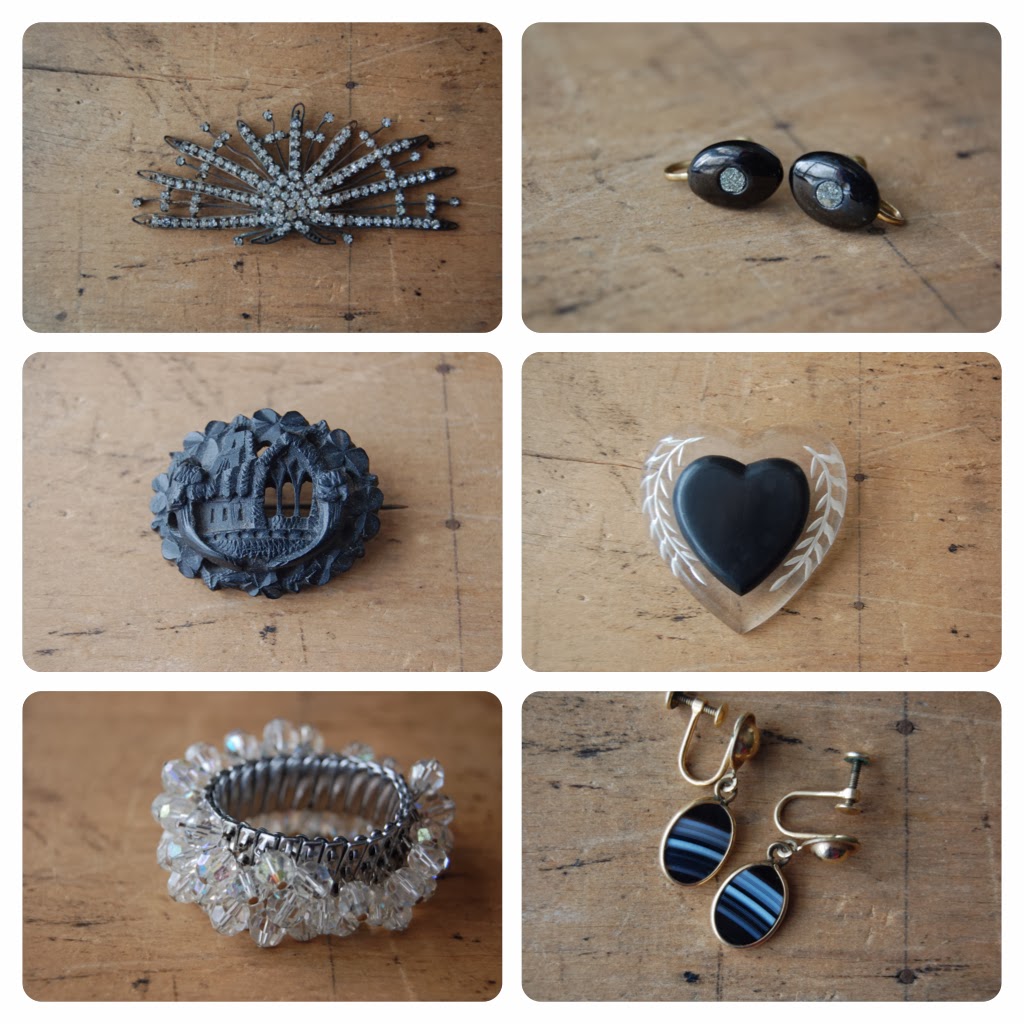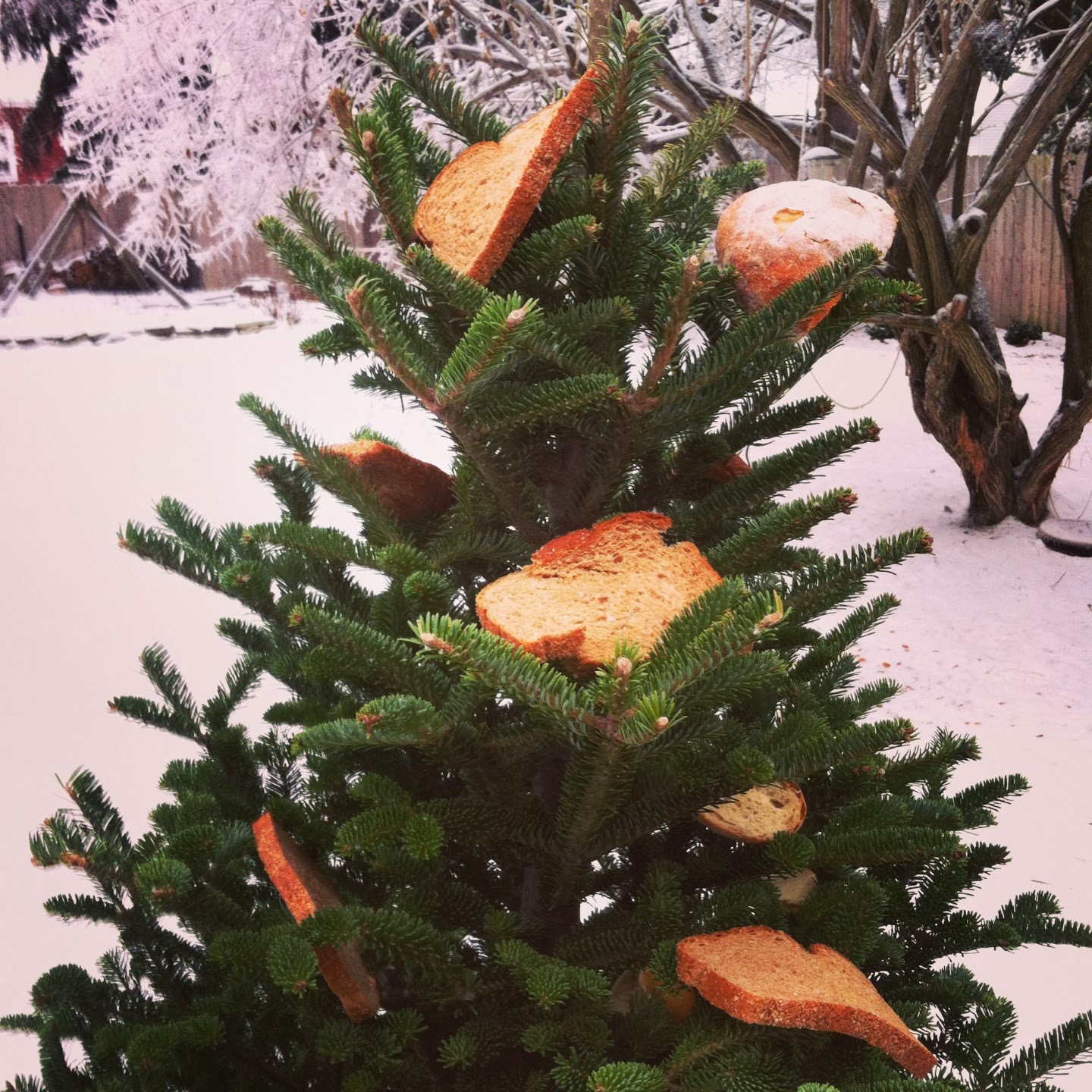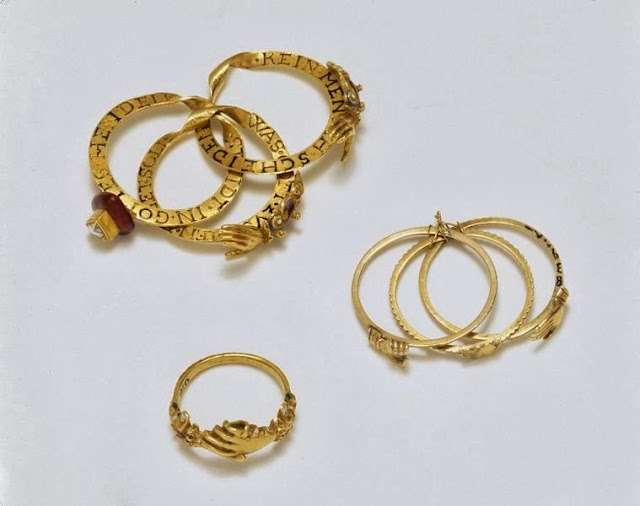Early gimmel rings were interlocking but we don't see a nicely functioning pivoting mechanism (or pin) until the 1800s. And it wasn't until 1939 that an American designer Samuel Kalina applied for a patent on a design for such a feature. The
gimmel/fede ring that I have in the shop right now is his design, manufactured from these very drawings:
This particular ring was made from a design patented in 1940 by a Mr. Samuel Kalina. It is an unusual opportunity to see the original drawings for the ring as well as admire the finished product.
As Mr. Kalina explains in the patent write up, "the principal object of the invention is to provide a novel ring
embodying sections for containing identification data, engraved or
otherwise inscribed thereon, and constructed and arranged for clasping
together so as to conceal such data, together with a form of clasp
having a significant sentimental value aspect when fastened."
This ring is done in sterling silver with two interlocking bands and clasped hands. The detail on the hands and cuffs is incredible and the laurel-leaf casting on the top and bottom of the bands is exquisite. There other marvelous examples of gimmel/fede rings on Etsy - many of them older than mine - including this 18K gold triplet fede ring (concealing a heart!) over at one of my favorite shops,
The Deeps.
And thus concludes your history lesson for the day :)



















































